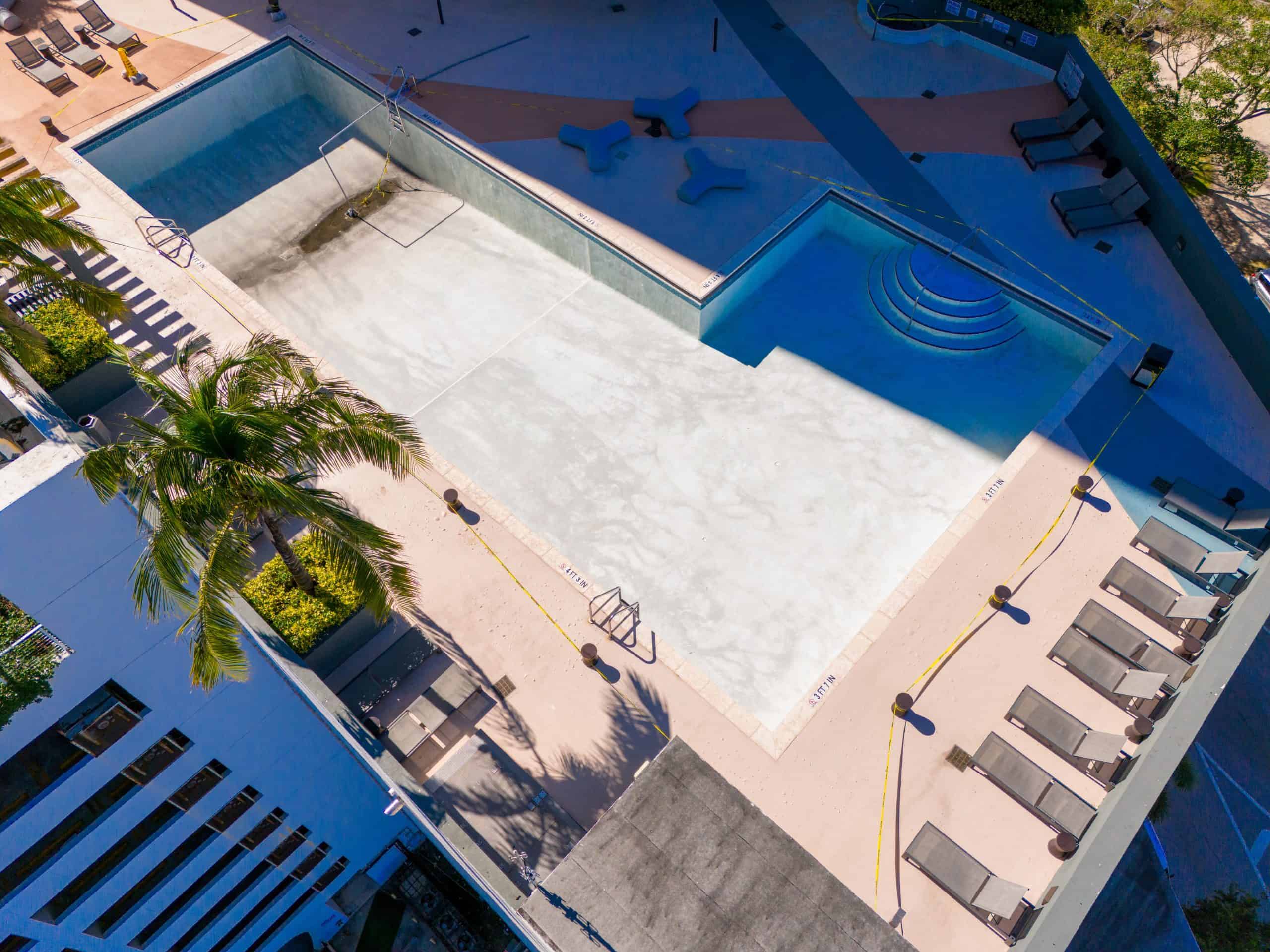No more rough surfaces, stains, or embarrassing cracks—just a pool that looks and feels like new again.


Your pool goes from embarrassing to impressive. The rough spots that scrape your feet disappear. Those stubborn stains that made you avoid hosting pool parties are gone.
You get a surface that’s actually smooth again—one your kids can slide down without getting scratched up. The kind of finish that makes neighbors ask who did the work.
Your property value jumps back up where it should be. And you stop worrying about what guests think when they see your backyard. Instead, you start planning that pool party you’ve been putting off.
We’ve been fixing pool surfaces in Broward County for years. We’re not the guys who show up, slap on some plaster, and disappear when problems arise.
Our team holds CPO certification—the industry standard for pool professionals. We know which finishes hold up in Florida’s brutal sun and which ones crack after two seasons.
Grande Key pool owners deal with specific challenges: salt air, intense UV, and year-round use. We’ve resurfaced hundreds of pools in this area. We know what works and what doesn’t.

First, we drain your pool completely and prep the surface. This means removing all the old, damaged material down to the shell. No shortcuts—if we leave compromised surface behind, your new finish fails early.
Next comes the new surface application. We apply your chosen finish—whether that’s smooth plaster, exposed aggregate, or premium finishes—in controlled conditions. Temperature and humidity matter here, which is why we schedule around South Florida weather patterns.
The curing process takes about a week. We handle the initial fill and chemical balancing so your pool is swim-ready when we’re done. You get clear instructions on the first 30 days of care to ensure your new surface lasts decades, not years.

Ready to get started?
You get complete surface removal and preparation—no patching over problems. We handle permits if needed and coordinate with your HOA requirements, which matters in Grande Key’s managed communities.
Your choice of finish materials includes standard white plaster, colored plaster, exposed aggregate, or premium surfaces like quartz or glass beads. We explain the real differences—not just the sales pitch—so you choose what actually fits your budget and expectations.
The project includes initial chemical balancing and startup procedures. We don’t just fill your pool and leave. You get specific instructions for the first month of care, plus our number if questions come up during the curing period.

Ready for a Pool You'll Love?
Contact us today for a free quote!
DCP Pool Services
Company
Useful Links